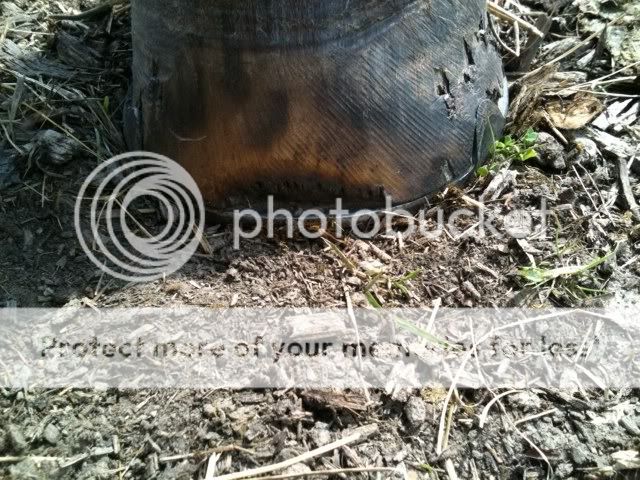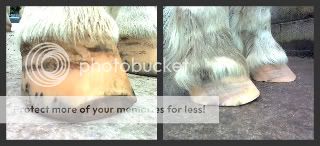pottamus
Well-Known Member
I have always had trouble with cracking hooves around the nail holes at this time of year, which my farrier does not seem too worried about despite them looking a mess:

But recently he has developed problems at the toe that I am concerned about as it looks just like it did after recovery from laminitis a couple of years ago. He has not had laminitis in a few years and is and has in no way been lame. Just wondered what the thoughts were as my farrier has not mentioned anything but I am worried it will progress and get worse. It may just be dry hooves as he suggests...
His diet is sparse paddock in day and in at night on soaked hay. He has an all round supplement in two handfuls of dengie and is ridden 6 days a week. He is a welshie D.



But recently he has developed problems at the toe that I am concerned about as it looks just like it did after recovery from laminitis a couple of years ago. He has not had laminitis in a few years and is and has in no way been lame. Just wondered what the thoughts were as my farrier has not mentioned anything but I am worried it will progress and get worse. It may just be dry hooves as he suggests...
His diet is sparse paddock in day and in at night on soaked hay. He has an all round supplement in two handfuls of dengie and is ridden 6 days a week. He is a welshie D.



